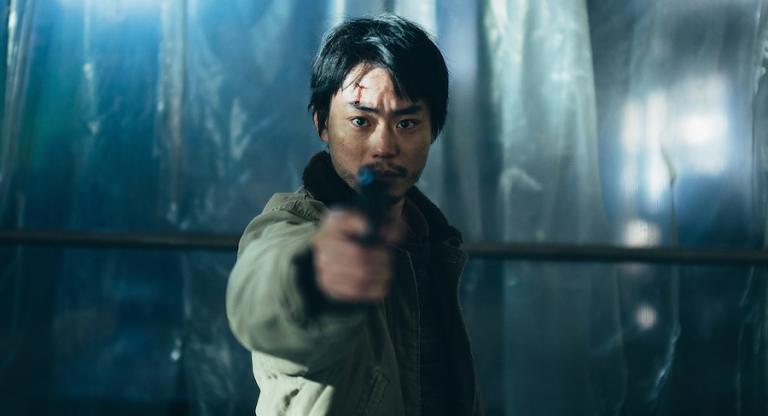The Dupes was released in 1972, the same year that Ghassan Kanafani—who authored the film’s source material, the novella Men in the Sun (1963)—was assassinated in a car bombing orchestrated by Mossad, Israel’s intelligence agency. An artist and revolutionary, Kanafani embodied the inseparability of art and politics, and his work affirms the vitality of both to each other. Masterworks of suspense, the novella and film track three Palestinian refugees’ perilous attempt to cross into Kuwait, a country whose booming oil industry and rapid development began attracting leagues of foreign workers in the 1950s. Kanafani’s Marxist commitments are indelible to the story; the cruelty of world imperialism plays out on a human level, as the characters grasp for deliverance under a beating sun.
A Syrian production helmed by an Egyptian director, The Dupes was not Tewfik Saleh’s first literary adaptation. Three of his five previous fiction films—The Rebels (1968), Diary of a Country Prosecutor (1968), and El Sayed el Bolti (1969)—were based on stories or novels. Saleh was also a close friend of novelist Naguib Mahfouz, with whom he co-wrote his first film, Fools’ Alley (1955). The Dupes’ transposition of Men in the Sun’s psychological style is exquisite. With simple, expertly deployed cuts, the film darts across the characters’ storylines, swinging between memories and the present tense. True to its literary roots, the film uses words themselves as tools for transition; through nimble associations, words like “rat” and “road” jerk us away from the action unfolding in Basra, near the Iraq-Kuwait border, and back to the hazardous journeys by which the characters arrived there. These movements generate a sharp, seamless, circular flow whose expression of cause and effect contains an unmistakable fatalism. “Am I forcing you to go?” repeats a smuggler in Basra. His obtuse questioning underlines the farce of any illusion of choice.
The film is remarkably faithful to the novella, with a small number of minor departures. One change, however, yields a substantially different reading of the film’s ending. Whereas in Men in the Sun, the three men meet their fate in silence, The Dupes lingers on the characters’ hiding spot in a water tank, from which a decisive rapping noise sounds. The novella’s translator Hilary Kilpatrick writes that the silence in the book had become inadequate by 1972, when Palestinian resistance movements were breathing fire. The knocking from inside the tank is a voice of life, survival, refusal. With this minimal yet crucial adaptation, Saleh maintains the story’s powerful doom while clearing just enough space for a future. The film’s final shot functions in much the same way: a clawed hand raised to the sky, almost closed in a fist.
The Dupes screens this afternoon, October 6, and throughout the New York Film Festival, the North American premiere of a new digital restoration.



